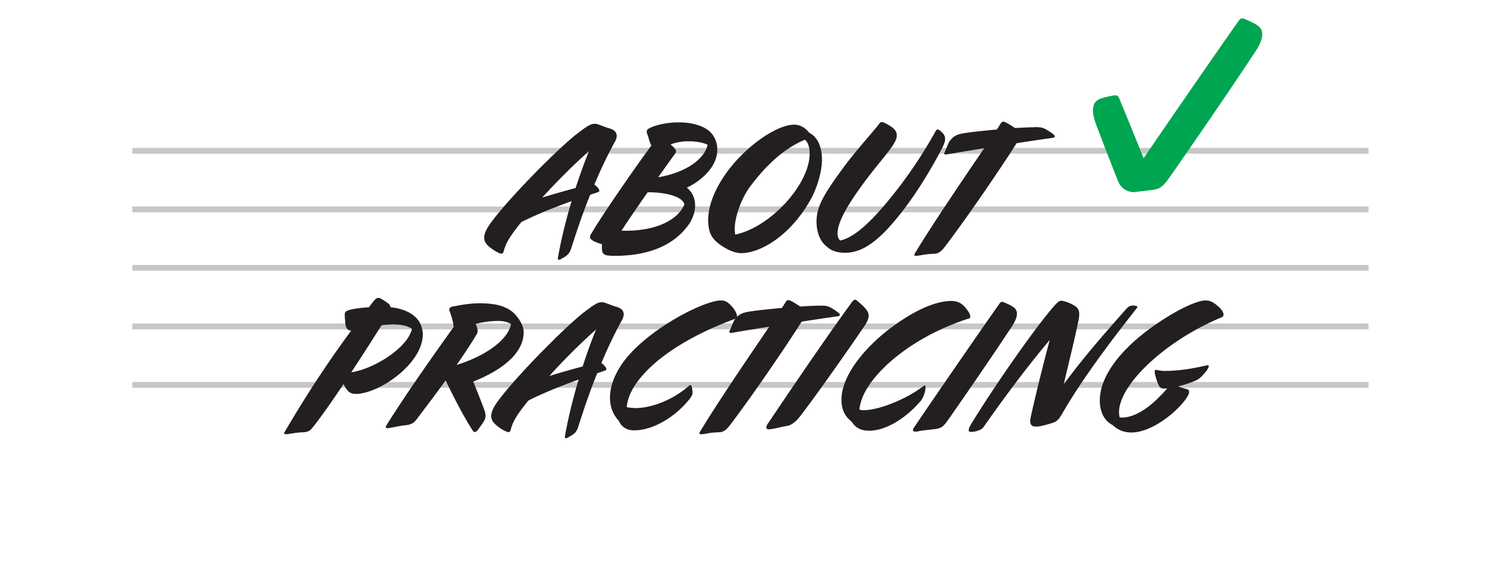Thanks for stopping by. Would you like a little something?
If you’d like a free copy of my article “What makes a great practicing routine?” enter your name and your email address. If not, please pick a page from the menu up above and enjoy your visit!
